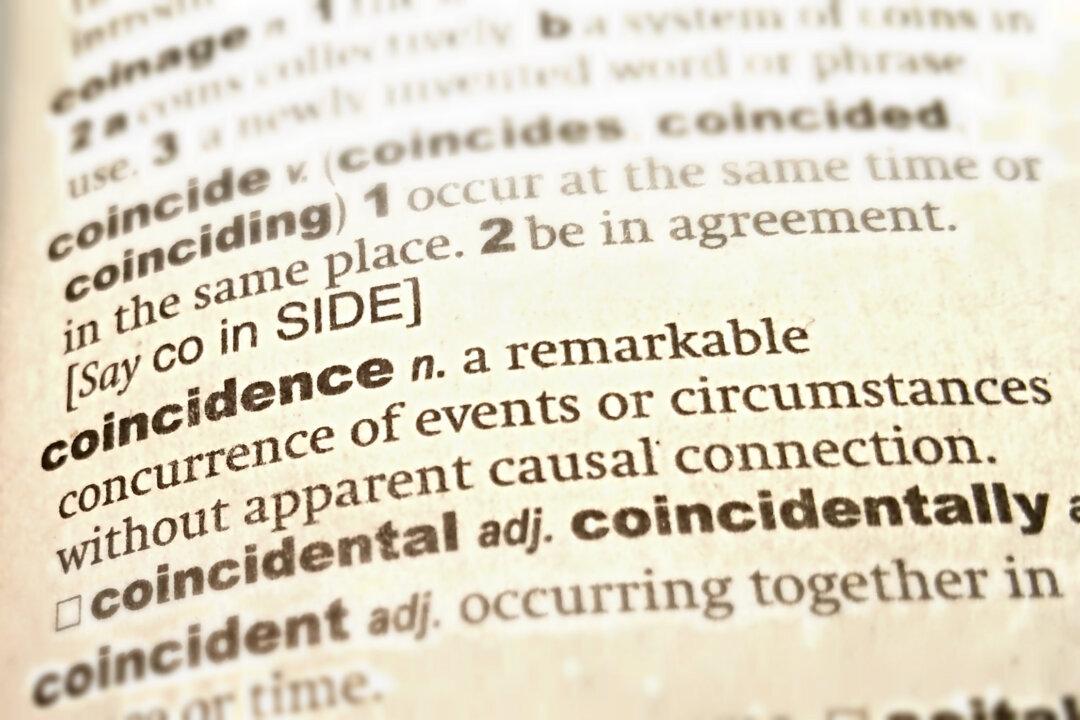Unlikeliness characterizes coincidences. A common kind of coincidence, for example, is one in which you think of a friend and that friend calls you. Your first thought might be, “What are the chances?”
In the article “The Promise and Problems of Probability in Coincidence Studies,” we bumped into difficulties estimating the probability of this coincidence.
The main issue is that there are so many unique variables for each situation; it’s difficult to estimate the rate of occurrence (base rate) for each part of the coincidence. How long has it been since the friend has contacted you? How often do you think of the friend? Many more intricacies complicate the issue.
Estimating the probability of other coincidence types seems equally, if not more, difficult. Since unlikeliness characterizes coincidences, clarifying their probabilities is a necessary task in better understanding them.
If it is so difficult to calculate coincidence probabilities what then? There seem to be at least three ways out: the statistical, the psychological, and the practical. Each makes a contribution to the promise and problems of probability. In this article, I start with those who should know—statisticians.




